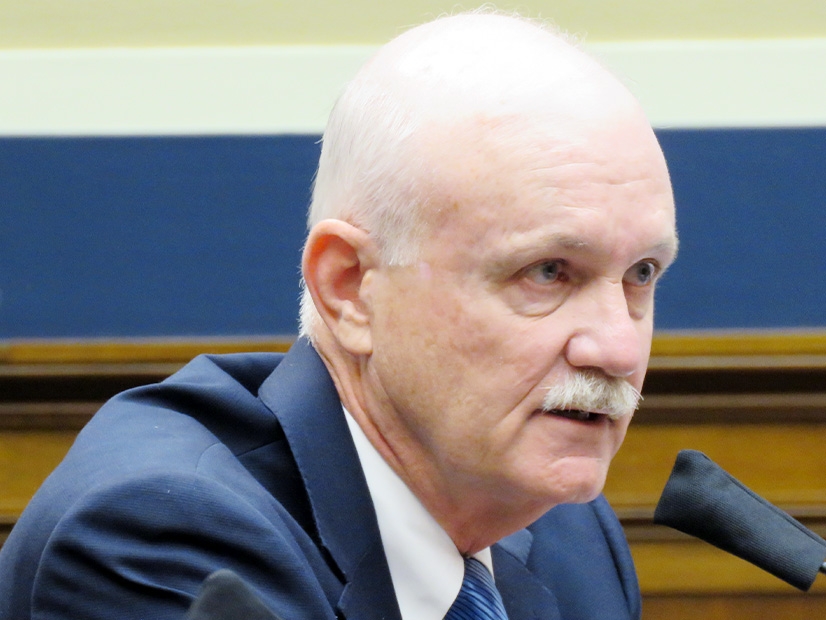FERC on Feb. 15 approved four rate incentives to Mid-Atlantic Offshore Development (MAOD) for its component of the approximately $1 billion in transmission to serve offshore wind in New Jersey under the State Agreement Approach (SAA) with PJM (EL23-101).
The company, a joint venture between Shell New Energies US and EDF-RE Offshore Development, received approval to receive the RTO participation, regulatory asset, abandoned plant and hypothetical capital structure incentives. MAOD is tasked with constructing the new 230-kV Larrabee Collector substation and HVDC converter stations for $193.6 million, nearly a fifth of the total SAA project cost. (See New Jersey Launches OSW Infrastructure Solicitation.)
The company’s request was protested by the Long Island Commercial Fishing Association and New Jersey ratepayers, who argued that it did not meet the Order 679 requirement that there be a connection between the incentives sought and the investments being made. They posited that Ørsted’s cancellation of the Ocean Wind 1 and 2 projects and economic assistance requested by Atlantic Shores Offshore Wind signal that the generation the transmission is designed to serve might not be built.
The commission rejected the protests, stating the SAA projects are meant to support New Jersey’s offshore wind development goals, not any three of the planned projects, and therefore may move forward even if those projects are not built.
“Denying incentives because of the actions of third-party developers that may negatively impact the project would be inconsistent with the commission’s interpretation and implementation of Section 219,” the commission wrote, citing the Federal Power Act section requiring transmission incentives supporting capital investment.
The company sought the regulatory asset and hypothetical capital structure incentives because of its status as a first-time, nonincumbent transmission developer without existing rates that can offset development costs. Establishing a regulatory asset would allow startup and development costs not capitalized to be recovered once rates are initiated after the project’s completion; the commission said approving a 50% debt and 50% equity capital structure would establish financial principles that nonincumbents lack.
Approval of the 50-point RTO participation adder was conditioned on it being applied to a base return on equity that is later shown to be just and reasonable.
The order also greenlit the abandoned plant incentive to provide 100% recovery of costs if the project is abandoned for reasons outside of the developer’s control. MAOD cited environmental, policy, siting and land acquisition risks the project faces, as well as risks inherent in it being one component of the larger SAA project involving numerous other developers.
Commissioner Mark Christie concurred with the majority’s order, reiterating his concern that in many cases, the commission has a “check the box” approach to approving incentives; in this case, however, he said they’re warranted on the basis they’re in support of New Jersey’s policy goals and the associated costs would be allocated to the state’s ratepayers.
But Christie also disputed the order’s wording in finding that MAOD’s request met the Order 679 requirement that projects seeking incentives undergo “a fair and open regional planning process that considers and evaluates reliability and/or congestion.” He argued PJM didn’t review whether the project would improve reliability or economics and that the project instead was evaluated by the New Jersey Board of Public Utilities using its own criteria. Nonetheless, he agreed the incentives are appropriate given the costs and benefits are allocated to one state.



